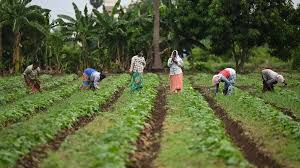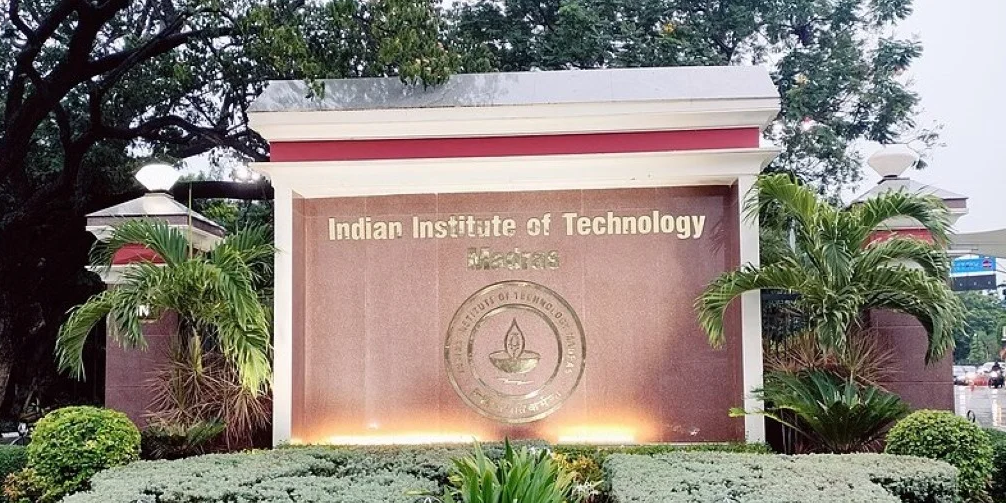
Prime Minister Dhan-Dhaanya Krishi Yojana is entitled within the budgeted schemes of 2025-26 to unite multiple existing programs to boost agricultural output rural development and financial empowerment. The planned funding support for essential farming items such as pulse crops, fresh foods, vegetable crops, seed variation solutions, and cotton will enhance farming outcomes for 1.7 million growers in 100 separate district areas. The four main aspects of this initiative involve planting a wide range of crops and building necessary storage facilities while ensuring the availability of loans and creating job opportunities in rural areas.
Introduction to the Scheme
-
The government introduced this scheme during the Union Budget 2025-26 to enhance rural economic development.
-
The scheme works together with states based on a collaboration between existing programs and specialized new programs.
-
Budgetary funds from existing implementation schemes will serve as the allocation for this effort.
Budgetary Allocations (Under Converged Schemes)
-
₹1,000 crore for the Mission for Pulses.
-
₹500 crore for the Mission for Vegetables and Fruits.
-
₹100 crore for Makhana Board.
-
₹100 crore for the Mission on Hybrid Seeds.
-
₹500 crore for the Cotton Technology Mission.
Implementation Strategy
-
The first phase of implementation will target 100 districts that display low productivity rates yet average crop intensiveness with poor credit opportunities.
-
The launching phase covers areas of 1.7 crore farmers spread across 100 low-productivity districts.
-
The scheme derived its concept from the Aspirational Districts Program to reform underdeveloped agricultural regions.
Key Focus Areas
-
Modern agricultural methods and high-yield crops should be used to increase production levels.
-
Agricultural sustainability receives support through solar energy programs for both small-scale agricultural businesses and communities.
-
The construction of agricultural storage facilities needs to happen at both panchayat and block-level locations.
-
The organization aims to enhance water management through improved irrigation infrastructure.
-
Farmer loans in various time frames should be accessible through credit programs.
Major Components of the Scheme
Rural Prosperity and Resilience Program
-
The scheme targets agricultural under-employment by providing training with technology along with monetary investments.
-
Focuses on rural women, young farmers, small/marginal farmers, and landless families.
-
Rural entrepreneurship works as an optional alternative to migration through its provision.
-
The program uses worldwide leading practices with support from multilateral organizations for technical and financial resources.
Aatmanirbharta in Pulses
-
A 6-year mission dedicated to the development of Tur, Urad and Masoor pulse seeds.
-
Focuses on:
-
Climate-resilient seed development.
-
Enhancing protein content and productivity.
-
Improved post-harvest storage and management.
-
NAFED and NCCF have assured 4-year guaranteed procurement of agricultural produce specifically for registered farmers.
-
Comprehensive Programme for Vegetables & Fruits
-
The program supports agricultural output and creates effective distribution systems together with processing activities.
-
Ensures remunerative prices for farmers.
-
The program seeks active involvement of Farmer Producer Organizations (FPOs) and Cooperatives.
-
The implementation requires active institutional bodies.
Grameen Credit Score
-
The creation of Grameen Credit Score methodology will be developed by Public Sector Banks.
-
This initiative intends to foster better access to credit for all members in Self-Help Groups combined with rural population groups.
Significance of the Scheme
-
Targets agricultural modernization and rural economic resilience.
-
This program offers secure financial conditions while producing rural employment possibilities.
-
The scheme helps increase national food security through enhanced domestic production of essential crops.
Conclusion
The scheme represents a complete system for Indian agriculture modernization which supports sustainability together with financial stability and independence from outside sources. Rural farmers gain power and broadened self-sustainability through technology implementation combined with credit access and modern agricultural methods which create enduring agricultural development and regional growth.



 Soil Fertility Mapping: A Game-Changer for Indian Agriculture
Soil Fertility Mapping: A Game-Changer for Indian Agriculture Thakkolam Temple: A Forgotten Tamil Heritage in Urgent Need of Restoration
Thakkolam Temple: A Forgotten Tamil Heritage in Urgent Need of Restoration Biotechnology in Agriculture: Transforming Farming for the Future
Biotechnology in Agriculture: Transforming Farming for the Future The Transformation of Koraput’s Tribal Food Basket
The Transformation of Koraput’s Tribal Food Basket Support for Farmers to Reduce Post-Harvest Losses & Cold Chain Infrastructure
Support for Farmers to Reduce Post-Harvest Losses & Cold Chain Infrastructure Union Budget 2025-26: Boosting Extra-Long Staple (ELS) Cotton Farming
Union Budget 2025-26: Boosting Extra-Long Staple (ELS) Cotton Farming Strengthening India's Agricultural Backbone: A Step Toward Growth
Strengthening India's Agricultural Backbone: A Step Toward Growth MSP Reform: Farmer Income Security and the Call for Legal Guarantees
MSP Reform: Farmer Income Security and the Call for Legal Guarantees IIT Madras and Ministry of Agriculture Launch Project VISTAAR: Transforming the Face of Agricultural
IIT Madras and Ministry of Agriculture Launch Project VISTAAR: Transforming the Face of Agricultural






